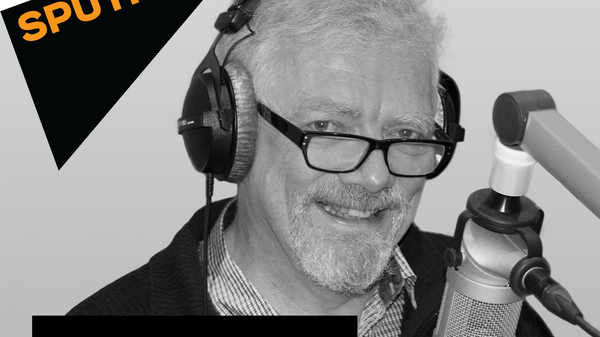In this program Massimo Faggioli, a professor at Villanova University in Pennsylvania, and Riccardo Cascioli, the editor of La Nuova Bussola Quotidiana, an Italian website which concentrates on the Vatican under Pope Francis, discuss the seriousness of the situation.
Professor Faggioli starts the program by putting the present reforms that Pope Francis is pushing through in a historical context. "The 2nd Vatican Council took place in the Vatican between 1962 and 1965, and gathered bishops from all over the world. They approved reforms on the liturgy, on how Catholics celebrate Mass, how they pray together, and other reforms that were very practical in terms of discipline, of training of the clergy, and also reforms in terms of how we understand God's revelation, and how Catholics should interpret the scriptures, the bible… Over the last 50 years the Church has dealt with the reforms both on a practical level and also on a theological level. The process is still going on, and the election of Pope Francis is really part of the ongoing reception of the Second Vatican Council."
Professor Faggioli goes on to explain that after the Council, there was a very small fraction of mostly French speaking Catholics who broke away, but in general, the reforms have been integrated into the Catholic Church. "However, reforms are always complex and in the Church's history there has often been a process of part assimilation and part rejection."
Riccardo Cascioli says: "There was a faction within the Second Vatican Council which tried to push the Church towards modernity in a way which could rupture tradition. Pope John Paul II and Pope Benedict were very insistent on maintaining continuity. …There are reforms but the teachings of the Catholic Church can't change….What is happening now, as a result of this underground war, we have a wing in the Church which is pushing towards more change; towards a new Church. On the other side, there is the old Church which rejects the Vatican Council. In the middle we have a part which tries to keep the unity of the Church….What is perhaps interesting now is not that we have differences within the Church but that these differences are becoming more public….This is all very confusing for a lot of Catholics because we are not just talking about some details, but it is perceived that in discussion now, there are the pillars of the Catholic teachings. We are talking about the sacraments, and the sacraments in the Church are really the pillar. We are talking marriage, about Eucharist, about reconciliation with God. So if we touch these things of course we touch the pillars, not just some details or consequences of the Catholic Faith."
Professor Faggioli does not agree, explaining that there is a historical record that must be set straight: The Catholic Church has changed its teachings on a number of issues on slavery, on usury, on marriage, on many issues. But Riccardo argues that the Church has never changed its position on the pillars of the Catholic Faith.
A heated debate takes place as regards whether or not Pope Francis is a post-council Catholic liberal radical or not. Professor Faggioli raises the questions of whether Pope Francis has in fact been framed by those in the Church who wish to return to the old ways, as he is being criticized for practices which were in fact endorsed by his predecessors.
The clear difference in positions adopted by the two guests of this program can be seen to reflect the current schism between two sides within the Catholic Church. Both sides feel that they are right, and that they know what the truth is.
What makes this situation so interesting is that the Pope is in fact very popular, but he is facing difficulties from within the Vatican. Riccardo points out that Pope John II was also very popular. "What we are talking about is not popularity which can be superficial, but with the doctrine, the truth, that the Catholic Church should always preach." Professor Faggioli says: "The idea that the Church is on opposite sides and in different worlds describes the Catholic Church only partially, in the sense that the public has always been a great receptor of the views of the official Church only generations later. What is exceptional of this Pontificate is that he is the first non-European Pope, non-Mediterranean Pope, that's the real difference."
Both speakers when asked directly cannot say that the Church will spilt, which would indicate, if this program can be taken as a small cross-sample of opinion, that the Church faces difficulties, which may threaten the unity of the Catholic Church in the future but not necessarily lead to a split.
We'd love to get your feedback at radio@sputniknews.com

